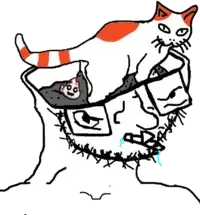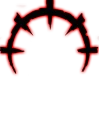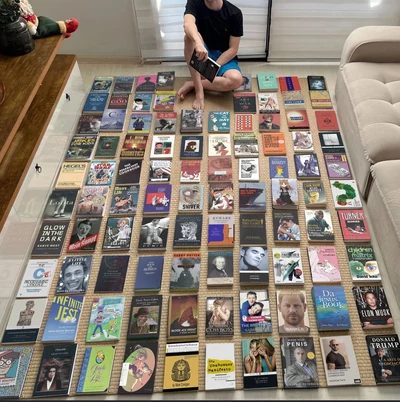House of Leaves tells the story of a man who discovers an infinite spooky space within his home, which is depicted in a found footage movie that doesn't exist, which is described in a faux-academic book with incredibly bizarre formatting, which was edited, and compiled by a mentally ill s*x-haver who tells dubiously-connected stories in multi-page footnotes as his mental condition deteriorates.
I think this book was a bit too pleased with itself, and I didn't really find it scary. I did fall off reading a couple times, so I might have got a better experience reading it in one go. But every time I turned the page and saw a giant wall of text from one of Johnny's rambling schizo stories it felt like a natural place to take a break. Maybe I got filtered, but I took much more interest in the Navidson film and the imaginatively typeset criticism around it than in the bloated "aaaarrrrgggghhh I'm going insaaaaaaaaaaaaaane" bits (although the letters from Johnny's mother were interesting).
Despite my underwhelmed reaction, this is the only novel I've ever seen to treat its book as a physical object and work of art, instead of a neutral way to store a novel (which could also be done in a PDF, epub, audio file, oral tradition, etc). So much of this novel's character is in typesetting, rotating pages, the tactile experience of flipping back and forth, largely blank or wildly busy pages, etc etc. This would make reading it on an electronic device a decidedly deficient experience, and making it a linear audiobook actively impossible. We often think about what books are good at vs. what films are good at, etc. but this is the rare non-graphic novel to ask what the book as a physical object is good at. Not only do I like reading, I like books, and this is a fun (if exaggerated) exploration of what they can do.






!bookworms have you read this? What did you think?





.webp?h=8)




Jump in the discussion.
No email address required.
House of Leaves
of Leaves  is choose
is choose  your own adventure
your own adventure  for college
for college  sophomores.
sophomores.
Jump in the discussion.
No email address required.
More options
Context